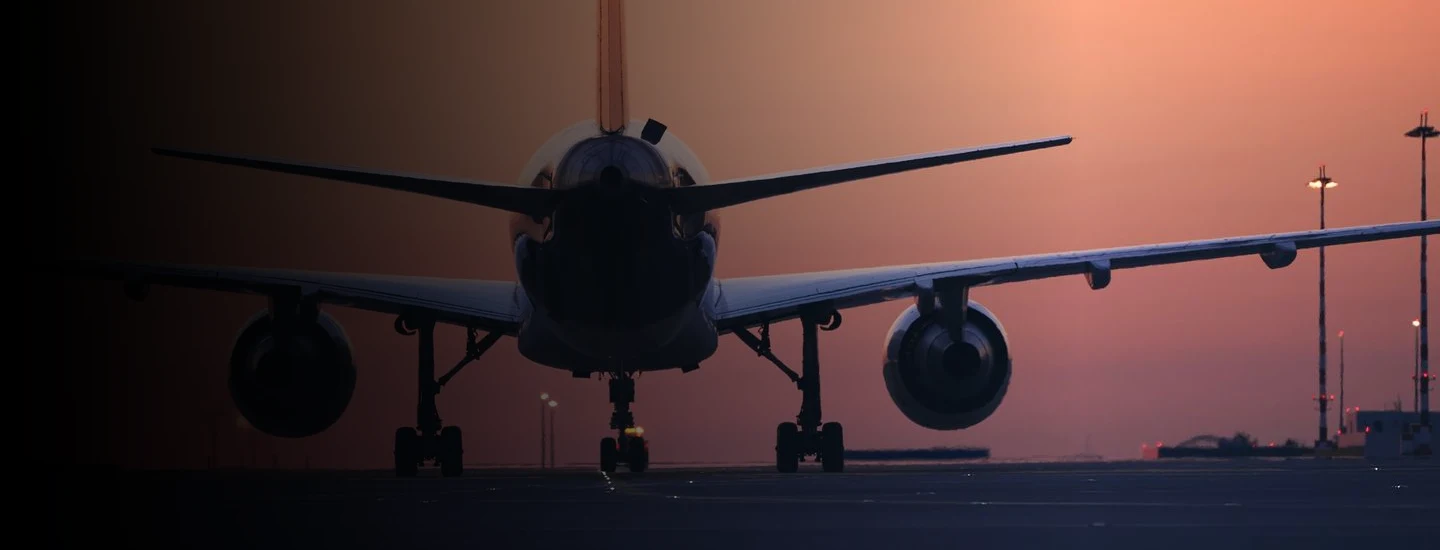2017 was a landmark year in commercial aviation history. It was not only the safest year ever, but also the year aviation definitively kicked off its digital revolution. Connected aircraft, Industry 4.0, and open data platforms such as AnalytX, Skywise, and Predix became common parlance at the year’s biggest airshows.
However, 2019 has been sobering. The recent 737 MAX crisis has prompted new reflection on how planes are designed, how authorities certify them, and how pilots are trained. It has reminded everyone that the number one focus has been and must remain passenger safety.
Naturally, it raises the question of whether the digital revolution could play a role in preventing accidents. In particular, will connected aircraft be short-lived hype or a real game changer to the aviation industry, starting with safety?
A breakthrough toward safer aircraft
AlixPartners strongly believes that digital transformation paves the way for real breakthroughs in the aviation and defense industry. Connected aircraft—such as the Boeing 787 and the Airbus A350, and also data-enabled planes such as the Airbus A320 retrofitted to allow near-real-time data exchange—produce millions of data points about equipment and systems health management. Advanced analytics can use these data points to help improve safety and operational performance. For example, live sensor monitoring and data streaming have enabled continuous aircraft health monitoring, a real improvement in aviation safety. It provides a much better overview of the state of an aircraft, helping to anticipate potential failure and effect repairs in advance.
Also, data from connected aircraft are already used to accelerate the maturity curve of designing better products with more robust engineering and even more effective maintenance programs, an essential prerequisite to ensure safety. The best example of this is the Airbus A350 that set a new record in the industry by achieving 99% reliability in less than 18 months following its entry into service1, while the program was engaged in a steep production ramp-up. This success was mostly achieved with continuous flow of in-service data from early adopters, which allowed for early detection, root-cause analysis, and correction. This live feedback loop to engineering has not only resulted in safer airplanes, but also averted massive and costly retrofits for OEMs.
However, these data-driven innovations may not be helpful in the short-term for the 737 MAX.
Although the aircraft has many significant improvements over previous generations of 737s, its cables-and-pulleys technology generates significantly less data than fly-by-wire flight control systems do.
A key enabler to create value for the whole industry
Connected aircraft already provide a wide range of benefits to each segment of the aviation industry (Figure 1). Some of the most tangible benefits result from predictive maintenance solutions for airlines2:
- Delta Air Lines achieved 95% accuracy in predicting maintenance-related cancellations and reduced their occurrence by 98% between 2010 and 2017.
- EasyJet predicted 31 component failures within just a few months of deploying Skywise, avoiding potential flight disruptions, and has cut delays from technical issues by two-thirds since 2010.
- Cathay Pacific reduced delays related to auxiliary power units by 51% with Honeywell predictive solutions.

Usually, double-digit gains have been measured on most implementation and use cases for connected aircraft, which means there are many opportunities to unlock. In an industry worth more than $1 trillion3, tens of billions of dollars of revenue growth and cost improvement are within reach.
Disruption potential relies on effective data governance and data-sharing
The aviation industry faces several major challenges in the years ahead, and first-movers on the digital journey will hold a long-term advantage. Among the many current disruptive technologies—artificial intelligence, 3D printing, blockchain, to name just a few—connected aircraft and related big data analytics are the only disruptors already at the industrialization stage. Digital innovation no longer happens without data, and connected aircraft yield far more data collected than unconnected aircraft do. The math seems clear, as illustrated by market adoption of Airbus’ digital aviation ecosystem Skywise—more than 80 airlines and 6,000 connected aircraft within two years.

Connected aircraft is certainly not only a short-lived hype. They have the capacity to evolve into a long-term game changer for the industry, and quickly. Just as with the automotive industry, the aviation industry must first build a culture of cybersecurity overseen by an effective governance to manage data availability, integrity, security, and privacy (Figure 2). Additionally, the industry will have to continue demonstrating value for data contributors. Not all use cases will prove valuable. It will be critical to prioritize innovations that create the most value for end customers. Along with connected aircraft, these are the fundamentals that will convince aviation stakeholders to embrace data-sharing that will fuel disruptive innovations for the future of the industry.
1“Probably the fastest achievement, in terms of maturity, compared with competing aircraft or even Airbus's own range” - Source: https://www.flightglobal.com/news/articles/a350-reliability-ahead-of-target-bregier-438095/
2Source: MRO-Network https://www.iata.org/whatwedo/Documents/1400-Martin-Harrison_ICF%20IATA%20Paperless%20MRO%20Conference%20Speech.pdf
3Including Airlines revenue ($800+ B) and Commercial Aerospace ($300+ B) - Source: AlixPartners analysis, company reports, IATA Dec 2018 data

